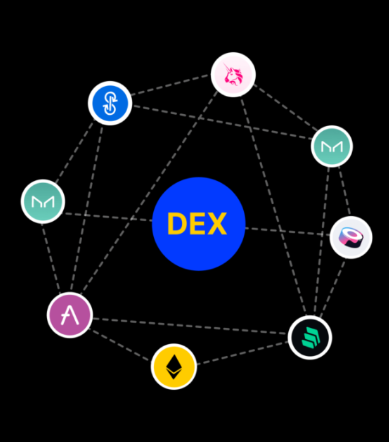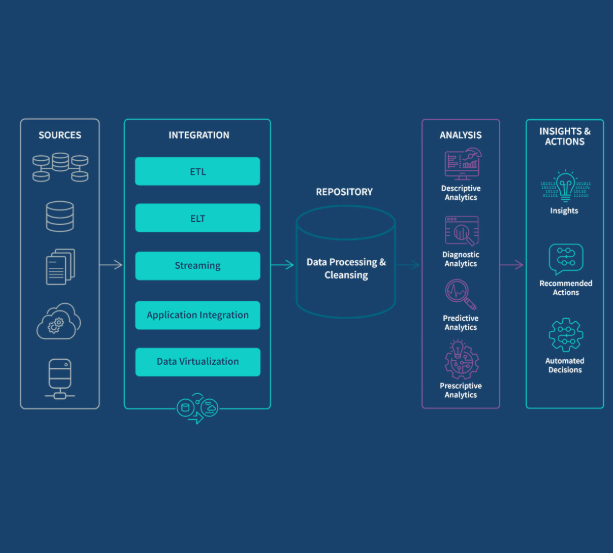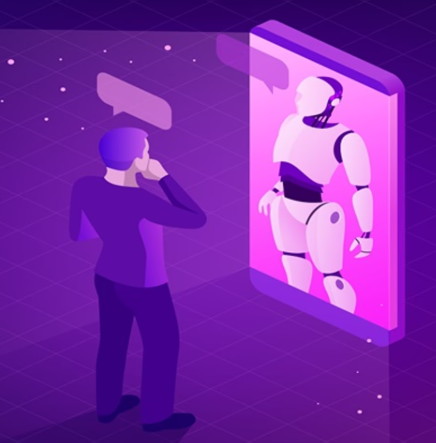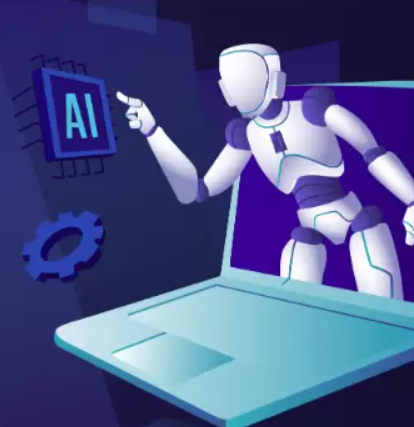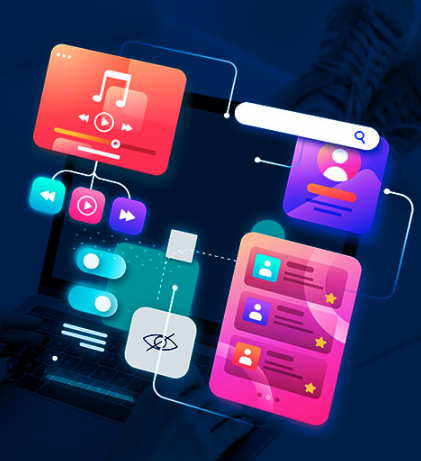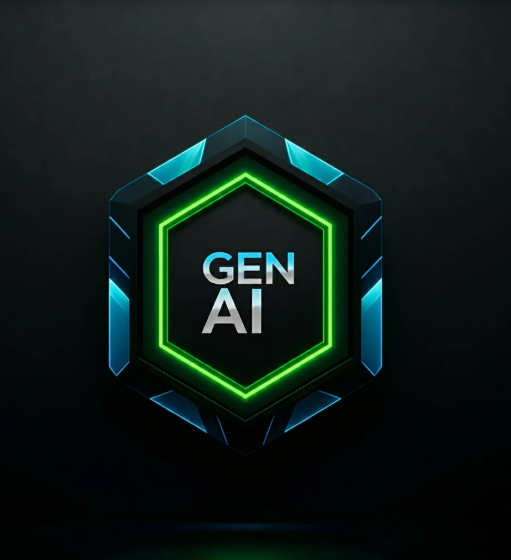
Artificial intelligence has revolutionized how businesses communicate, and one of the most transformative advancements is AI-powered text-to-speech (TTS) technology. From improving customer interactions to streamlining operations, TTS is reshaping industries by delivering natural, scalable, and accessible voice solutions.
Understanding AI Text-to-Speech
AI text-to-speech leverages machine learning and deep learning to convert written text into lifelike spoken audio. Unlike older, robotic-sounding systems, modern TTS models use neural networks to replicate human speech patterns, including tone, emotion, and intonation. Businesses adopt this technology to enhance engagement, automate processes, and ensure inclusivity.
How AI TTS Works
The technology follows a structured process:
- Text Analysis – The system interprets the text, recognizing punctuation and structure.
- Linguistic Processing – It converts words into phonetic components and applies natural speech rhythms.
- Voice Synthesis – Advanced models like WaveNet generate high-quality, human-like audio.
This seamless integration allows businesses to deploy TTS in customer service, e-learning, marketing, and more.
Business Applications of AI TTS
- Customer Support Automation
AI-powered voice assistants handle queries, provide updates, and guide users without human intervention, reducing wait times and operational costs. - E-Learning & Training
Converting training materials into audio makes learning more flexible, catering to remote teams and auditory learners while improving retention. - Marketing & Content Creation
Brands use TTS for voiceovers in videos, podcasts, and social media, delivering professional audio content quickly and affordably. - Accessibility Compliance
TTS ensures digital content is accessible to users with visual impairments or reading difficulties, aligning with inclusivity standards. - Interactive Voice Response (IVR) Systems
Call centers deploy AI TTS for more natural-sounding automated responses, improving customer satisfaction and efficiency. - Smart Devices & Product Integration
From financial apps to healthcare kiosks, embedded TTS offers intuitive, voice-guided user experiences.
Selecting the Right TTS Solution
When choosing a TTS tool, businesses should evaluate:
- Voice Quality – Prioritize natural, expressive speech.
- Multilingual Support – Essential for global reach.
- Customization – The ability to tailor voices to brand identity.
- Integration – Compatibility with existing systems (CRM, chatbots).
- Security – Ensuring compliance with data protection regulations.
The Future of TTS in AI
As generative AI advances, TTS will become more adaptive, learning user preferences to deliver personalized voice interactions. Voice-first interfaces are expected to dominate, making TTS a cornerstone of future business communication.
Why Work with AI Experts?
Partnering with AI development specialists ensures optimized TTS implementation, from model selection to security compliance. Their expertise guarantees seamless integration and long-term adaptability as the technology evolves.
Final Thoughts
AI text-to-speech is no longer a novelty—it’s a necessity for businesses aiming to enhance efficiency, accessibility, and engagement. By adopting TTS today, companies position themselves at the forefront of the next wave of AI-driven innovation.
Would you like to explore how AI TTS can transform your business operations? Let’s discuss the possibilities.











